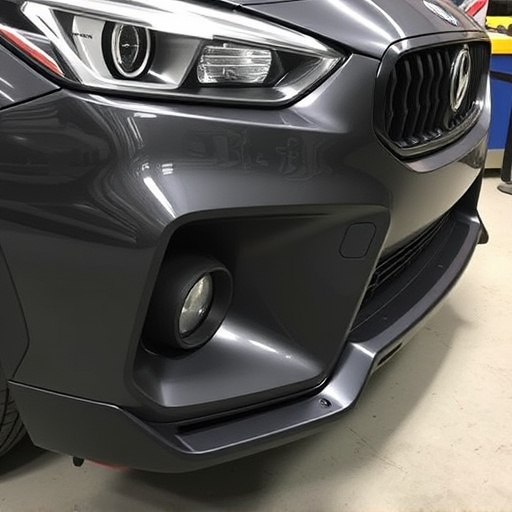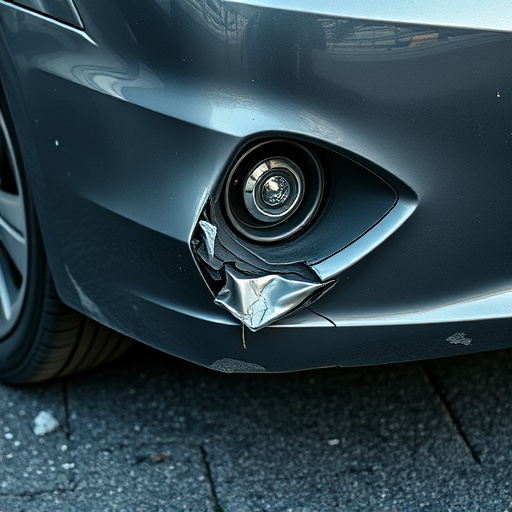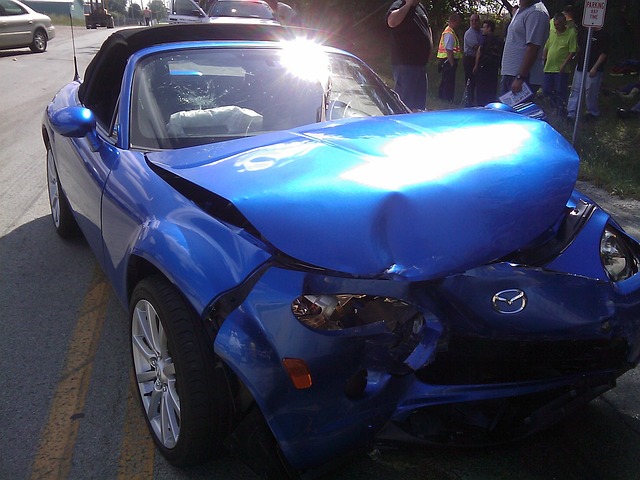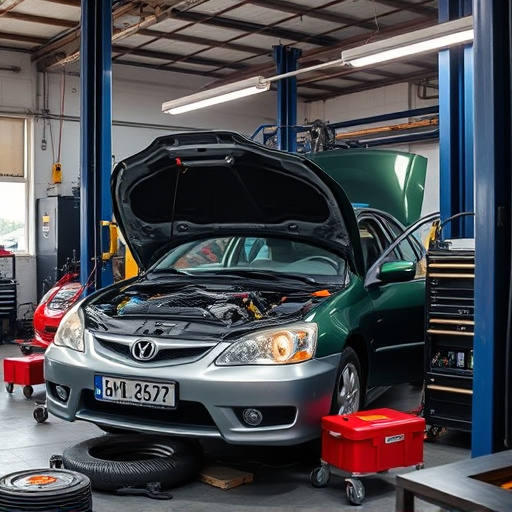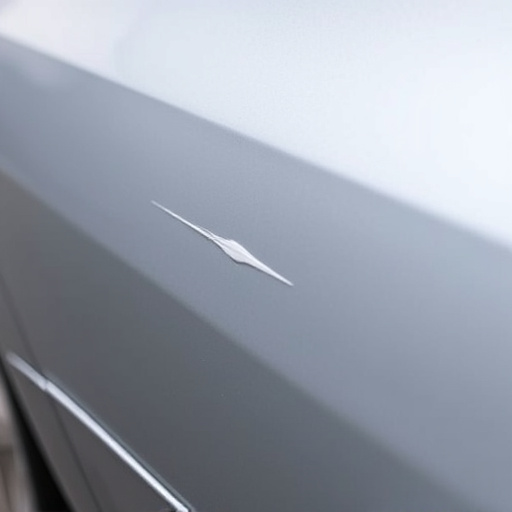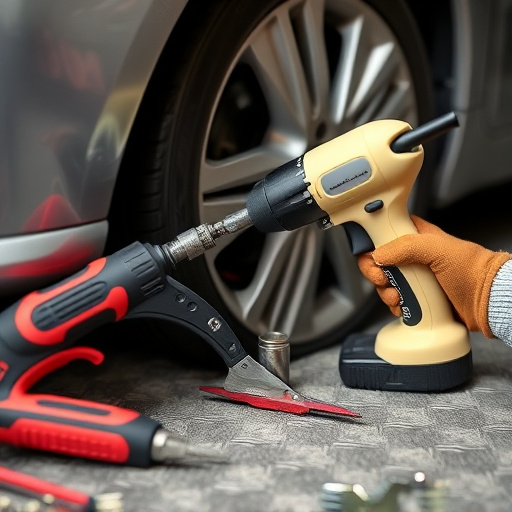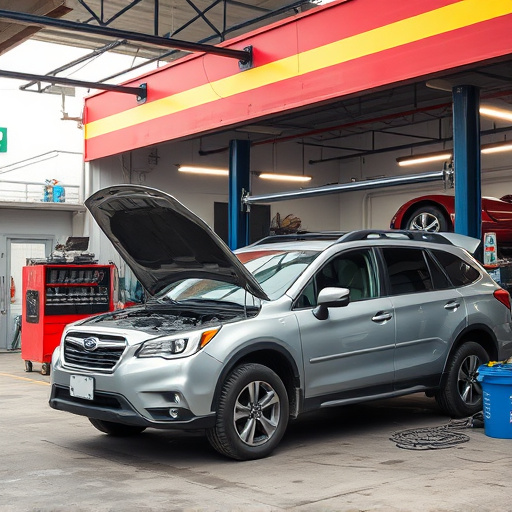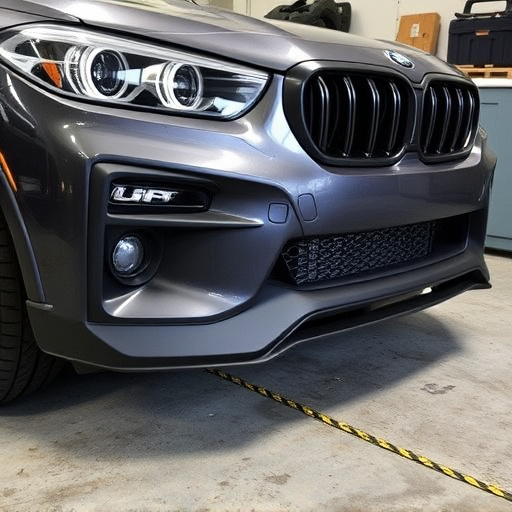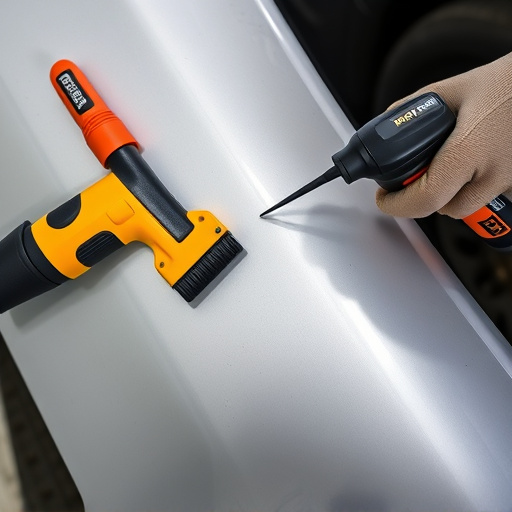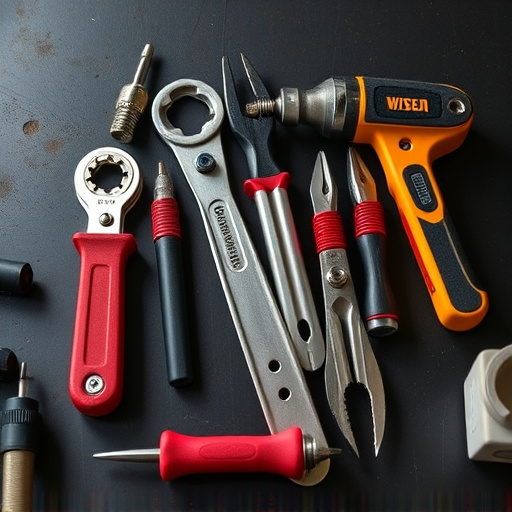Precision collision repair goes beyond standard car bodywork by utilizing advanced tools like CAD software and laser measurement systems for meticulous frame straightening and accurate reinstallation of airbags, ensuring critical safety components meet pre-collision standards. This specialized technique guarantees reliable operation of safety features, offering drivers peace of mind. As the automotive industry advances with autonomous vehicles and ADAS, precision collision repair becomes increasingly vital for maintaining structural integrity and enhancing overall vehicle safety.
In today’s automotive landscape, precision collision repair is paramount for ensuring safe airbag reinstallation. As vehicles become increasingly complex, the process demands meticulous attention to detail. This article delves into the essential practices of precision collision repair, highlighting its foundational role in reinstating airbags’ reliability and safety. We’ll explore a step-by-step guide, unraveling the benefits and future implications of this modern automotive safety standard. Understanding these intricacies is crucial for both professionals and consumers alike.
- Understanding Precision Collision Repair: The Foundation for Safe Airbag Reinstallation
- The Process: Step-by-Step Guide to Ensuring Airbag Reliability
- Benefits and Future Implications: Why Precision Matters in Modern Automotive Safety
Understanding Precision Collision Repair: The Foundation for Safe Airbag Reinstallation
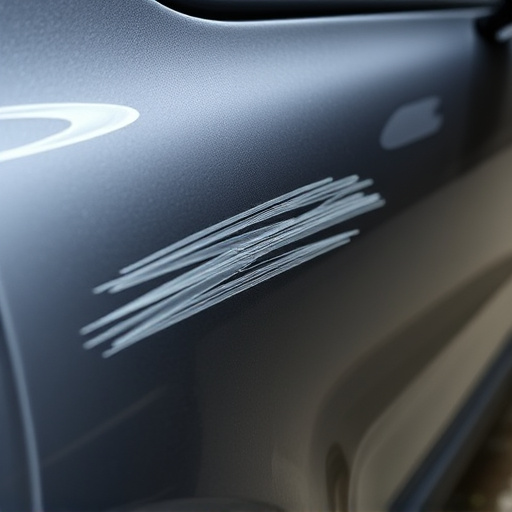
Precision collision repair is a specialized technique that goes beyond standard car body repair. It involves meticulous frame straightening and precise adjustments to ensure every component is in its original, safe configuration. This is particularly crucial when it comes to reinstallment of airbags, which require exact placement and functionality for optimal passenger protection.
An auto repair shop practicing precision collision repair uses advanced tools and techniques to accurately measure and realign the car’s structure. This includes computer-aided design (CAD) software and laser measurement systems that capture even the slightest deviations, allowing technicians to make spot-on adjustments. By focusing on frame straightening and precise repairs, these shops guarantee that the vehicle returns to its pre-collision safety standards, ensuring the reliable operation of airbags and other safety features.
The Process: Step-by-Step Guide to Ensuring Airbag Reliability
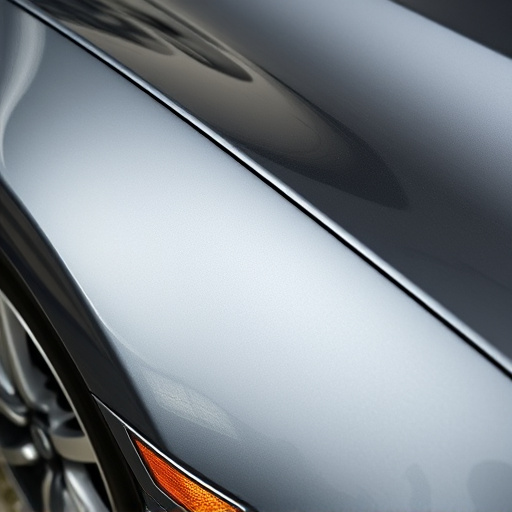
When it comes to precision collision repair, especially for airbag reinstallation, following a meticulous step-by-step process is crucial for ensuring safety and reliability. The journey starts with a thorough inspection of the vehicle’s damage, identifying any structural or component issues that might affect airbag functionality. Skilled technicians then carefully disassemble the impacted area, separating the airbags from their sensors and wiring.
Next, each part undergoes meticulous cleaning and testing to guarantee optimal performance. This includes verifying the integrity of the airbag itself, its deployment mechanism, and the associated electrical systems. Once validated, the components are precisely reassembled, ensuring proper alignment and connection. The final step involves integrating the refurbished system back into the vehicle, completing the precision collision repair process, and guaranteeing a secure and reliable airbag reinstallation.
Benefits and Future Implications: Why Precision Matters in Modern Automotive Safety
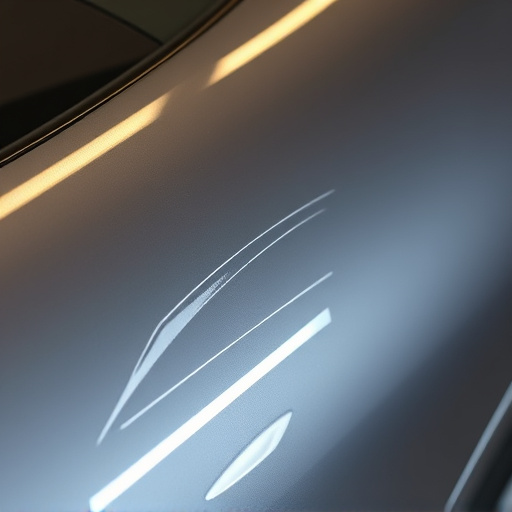
In the realm of modern automotive safety, precision collision repair stands as a game-changer, offering significant benefits that go beyond mere aesthetic restoration. When it comes to reintroducing airbags during car body repair, achieving meticulous precision is paramount. Every component must be carefully realigned and replaced to ensure the airbag system functions optimally upon deployment. This level of detail not only guarantees the safety of vehicle occupants but also reinforces the overall structural integrity of the automobile.
Looking ahead, the implications of precision collision repair extend beyond individual cars and auto body shops. As the automotive industry continues to evolve, with advancements in autonomous vehicles and advanced driver-assistance systems (ADAS), precise repairs will become even more critical. These technologies rely on intricate sensor networks and structural stability for optimal performance and safety. By adopting and refining precision techniques, auto repair services can contribute to the long-term reliability and safety of these cutting-edge vehicles, shaping a future where every collision repair is a step towards enhanced driver and passenger protection.
Precision collision repair is no longer an option—it’s a necessity for ensuring safe airbag reinstallation. By understanding the foundational principles outlined in this article, adopting the detailed step-by-step process, and recognizing the broader benefits and future implications, automotive professionals can contribute to significantly enhancing vehicle safety. This commitment to precision matters in modern automotive safety, fostering peace of mind for drivers worldwide.

